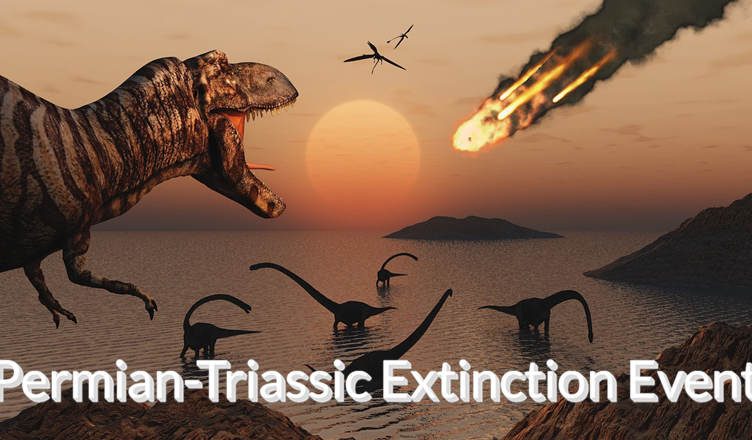When it comes to mass extinction events in the history of our planet, most people first think of the fate of dinosaurs. However, in Earth’s past, there have been at least five major mass extinctions, and the most severe of them was not the “Cretaceous-Paleogene extinction event” that wiped out the dinosaurs, but rather the “Permian-Triassic extinction event,” which occurred approximately 250 million years ago at the end of the Permian period. Let’s delve into how terrifying this extinction event really was.
The “Permian-Triassic extinction event” is known as the third major mass extinction on Earth. During this event, approximately 96% of marine species and 70% of terrestrial vertebrate animals vanished. Even highly adaptable insects saw the extinction of eight entire orders, which is significant considering that only ten insect orders have gone extinct since their appearance on Earth.
The scientific consensus is that the primary cause of this mass extinction event was an immense volcanic activity triggered by a supermantle plume.
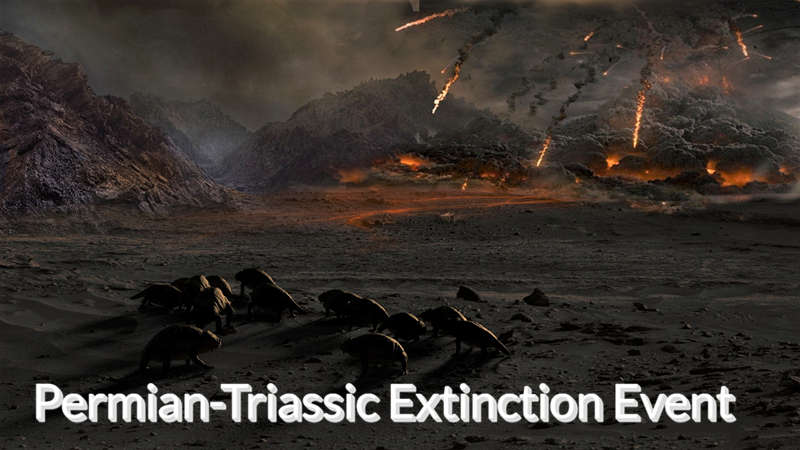
In simple terms, a mantle plume can be thought of as a high-temperature, high-pressure material flow that rises from deep within the Earth. When smaller mantle plumes approach the Earth’s surface, they encounter resistance from the Earth’s crust and lithosphere, eventually dispersing and cooling without causing volcanic activity. However, in the case of extremely massive supermantle plumes, the Earth’s crust and lithosphere cannot effectively block their ascent. Even ordinary volcanic vents are inadequate to promptly release the contained heat and pressure. In such circumstances, the Earth’s crust continuously uplifts until it fractures extensively, allowing a large amount of magma to surge out through the cracks. After cooling, this magma forms vast areas of igneous rock on the Earth’s surface.
In fact, in modern-day Siberia, there exists a massive igneous rock region known as the “Siberian Traps,” covering an area of approximately 7 million square kilometers and with a volume of igneous rock reaching up to 4 million cubic kilometers. To put this into perspective, this scale of magma is roughly equivalent to 4,000 times the theoretical material ejected from a Yellowstone supervolcanic eruption on contemporary Earth.
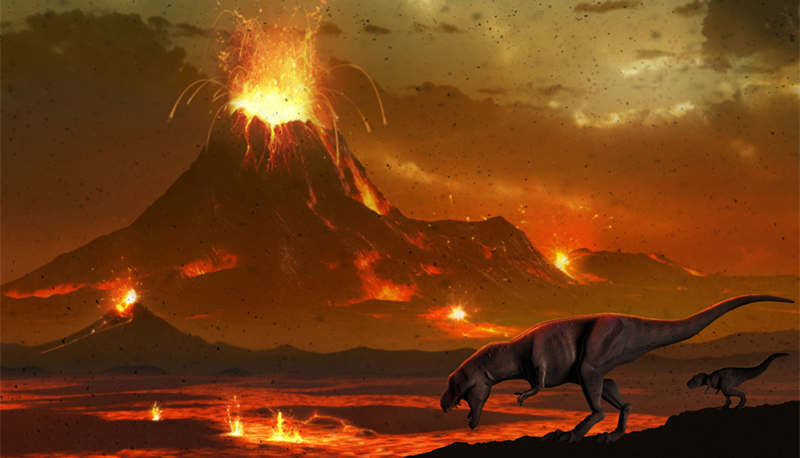
One can fully imagine how terrifying such a volcanic event of this magnitude was. The formation of the “Siberian Traps” occurred precisely at the end of the Permian period, coinciding closely with the timing of the “Permian-Triassic extinction event.” This is why the scientific community widely believes that this large-scale volcanic activity caused the most severe mass extinction known on Earth.
Research indicates that this volcanic activity persisted for millions of years. In regions inundated by magma, virtually no life could escape. The volcanic ash ejected from these eruptions blanketed even broader areas, and this ash, carried into the atmosphere in large quantities, eventually rained down upon the Earth’s surface, posing a significant threat to numerous forms of life.
Even more terrifyingly, the volcanic activity released substantial amounts of carbon dioxide and sulfur compounds into the atmosphere. Sulfur compounds combined with atmospheric water to create global acid rain, which harmed terrestrial vegetation and marine algae. Both vegetation and algae are contributors to atmospheric oxygen, and their reduction led to a continuous decline in oxygen levels in the atmosphere.
The substantial carbon dioxide contributed to a powerful greenhouse effect, causing a sustained increase in the Earth’s temperature. According to scientists’ estimates, during the most severe phase of this event, the Earth’s average temperature may have reached as high as 40°C (104°F), while oxygen levels dropped as low as 10%.
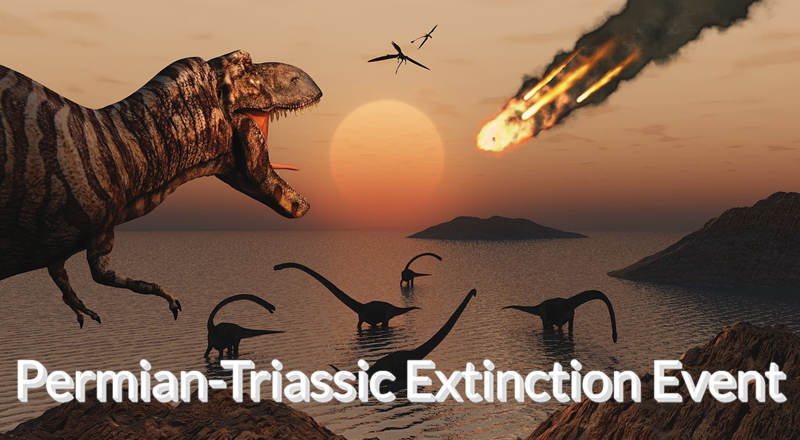
Furthermore, seawater became hotter, more acidic, and murkier, all of which were highly detrimental to marine life. Warmer seawater resulted in reduced density and viscosity, slowing down the mixing and circulation of water. This meant that surface waters couldn’t effectively exchange with deeper waters, leading to oxygen depletion in deeper ocean areas, a phenomenon known as oceanic anoxia, which made it impossible for marine life to survive in those regions.
Acidifying seawater made it easier for certain minerals, like calcium carbonate, to dissolve. Calcium carbonate is crucial for many marine organisms that use it to build their shells or skeletons, such as corals, mollusks, and foraminifera. When calcium carbonate dissolves, these organisms lost their protection and support.
Murky seawater blocked sunlight, affecting photosynthesis and visibility, which in turn reduced primary productivity and food chain stability in the oceans. This made it impossible for many marine organisms that rely on photosynthesis or vision to survive.
In summary, due to the combined effects of these factors, both terrestrial and marine ecosystems on Earth suffered extremely severe damage. Many species went extinct because they couldn’t adapt to the drastic environmental changes or lost their sources of food and habitat.
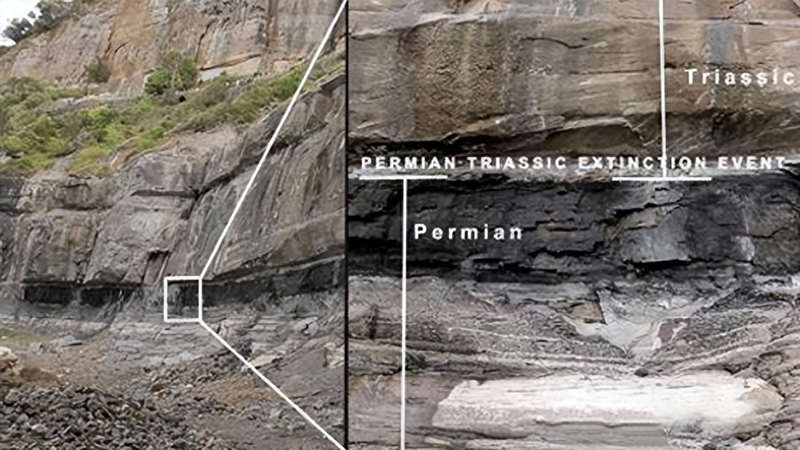
It’s worth mentioning that this horrific mass extinction event has been well-preserved in the geological record. Scientists have found a “Permian-Triassic boundary” in the Earth’s strata. Below this boundary, various ancient fossils thrive, representing a vibrant ecosystem. Above it, fossil evidence is extremely scarce, indicating a period of desolation. It took approximately 10 million years for life on Earth to gradually recover from this catastrophic event.
More UFOs and mysterious files, please check out our YouTube channel: MysFiles
Mysterious Stone Spheres around the world – Costa Rica, European forest, Russia, Kazakhstan
